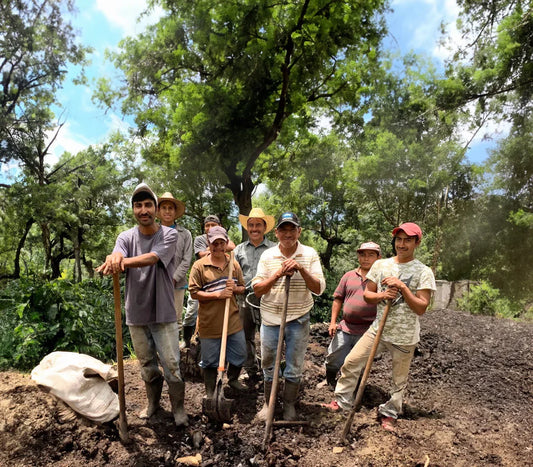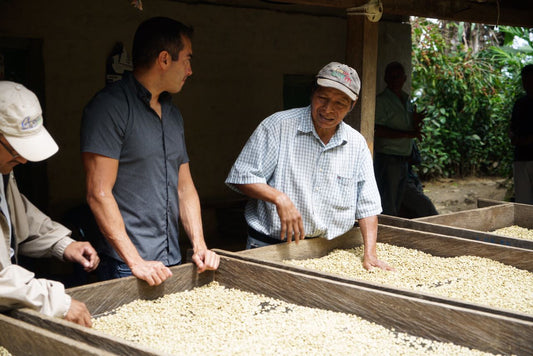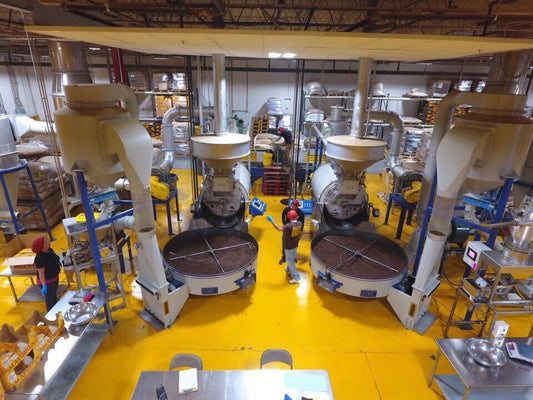
Beyond Simply Spanish: Exploring the Babel of Latin America
We all know that Latin America is a region of rich cultural diversity and historical complexity. It’s surprising, then, that it is so often associated solely with the Spanish language.
However common it may be, this perception overlooks the multiplicity of languages that coexist alongside Spanish throughout the various countries. From ancient indigenous tongues to later European influences, Latin America is home to a complex matrix of linguistic variants, which reflect its diverse heritage and the enduring resilience of its people.

Indigenous Languages
Latin America's indigenous languages form a significant part of the region's linguistic heritage,
representing millennia of cultural richness. From a recent study by the Latin American Linguistic Atlas, over 400 distinct indigenous languages thrive in Latin America today. Among them, Nahuatl, Quechua, and Guaraní are notable examples of Indigenous languages.
In Mexico, Nahuatl is the language of the Aztecs and continues to be spoken by a group of indigenous communities across the states of Puebla, Veracruz, Hidalgo, Guerrero, and San Luis Potosí. Nahuatl speaking communities also reside in El Salvador, Honduras, and Nicaragua.
Native tongues often connect communities and groups to their ancestors, and are an important aspect of their traditions and cultural preservation. Rosa Hernández, a Nahuatl speaker from Oaxaca, believes that her native tongue, Nahautl “connects me to my ancestors and allows me to preserve our traditions." Such sentiments highlight the cultural importance of indigenous languages, providing a voice to the roots of Latin American societies.
Another example is Quechua, a language spoken by millions across Peru, Ecuador, Bolivia, and Colombia. Its prevalence is exemplified by Juan Solís, a Quechua speaker from Cusco, Peru, who considers Quechua as “a testament to our survival, a language that carries our history and traditions through the ages."
It is strongly felt that Guarani, a Paraguay native tongue, also represents national identity. As stated by Ana Flores, a Guarani speaker from Asunción, "Guarani represents our national identity, our cultural treasure that distinguishes us from other nations."
Few would argue that the recognition and preservation of indigenous languages like Nahuatl, Quechua, and Guarani contribute to a more inclusive Latin American narrative.

Afro-Latin Languages
Beyond indigenous languages, Afro-Latin communities have preserved their linguistic expressions, blending African and European lexicons. In countries like Cuba, the Dominican
Republic, and Brazil, Creole languages have emerged as a testament to the Afro-Latin diaspora's resilience and cultural contributions. Haitian Creole, spoken in the Dominican Republic and Haiti, is an example of this linguistic fusion. Sonia Pierre, a Haitian Creole speaker and activist, stands that the language of Creolo "embodies our history and the struggle for equality, as it became the language of unity among Haitian immigrants."
In Cuba, an Afro-Cuban religion known as Santería has given rise to Lucumí, a language used in spiritual rituals. Reflecting on its significance, Orlando Cepeda, a practitioner of Santería believes that the language connects them to their African ancestors and brings forth spiritual meanings to their lives.
In Brazil, Portuguese-based Afro-Brazilian dialects are known as Quilombola. Eliana Silva, a Quilombola artist from Salvador, Bahia, asserts, "our dialects preserve our Africanheritage, ensuring it remains alive and celebrated."
European Influences and Beyond
While Spanish and Portuguese dominate Latin American languages due to colonial legacies, other European influences have since left their mark on the region. German, Italian, and Welsh communities, among others, have preserved their ancestral languages in Latin America.
In southern Brazil, German speakers continue to celebrate their cultural heritage. Paulo Becker, a German speaker from Blumenau, explains that preservation of their language binds them to their roots and serves as a reminder of the sacrifices their ancestors made when they first landed on the continent. Italian, brought by immigrants to Argentina, Uruguay, and Brazil, thrives in communities across these three countries. Maria Rossi, an Italian speaker from Buenos Aires asserts that speaking Italian allows the community to maintain a strong Italian heritage while being proud Argentinians.

We often overlook the importance of language as a thread that brings communities together, and traditions alive. The multitude of languages, whether indigenous, Afro-Latin or European-influenced, which are spoken in Latin America today is a testament to the rich cultural heritage, historical depth, and linguistic resilience of its people.
As we embrace and celebrate native tongues and languages, we honor the layered presence of identities, narratives, and histories that make Latin America the tapestry of cultures that it is today.


